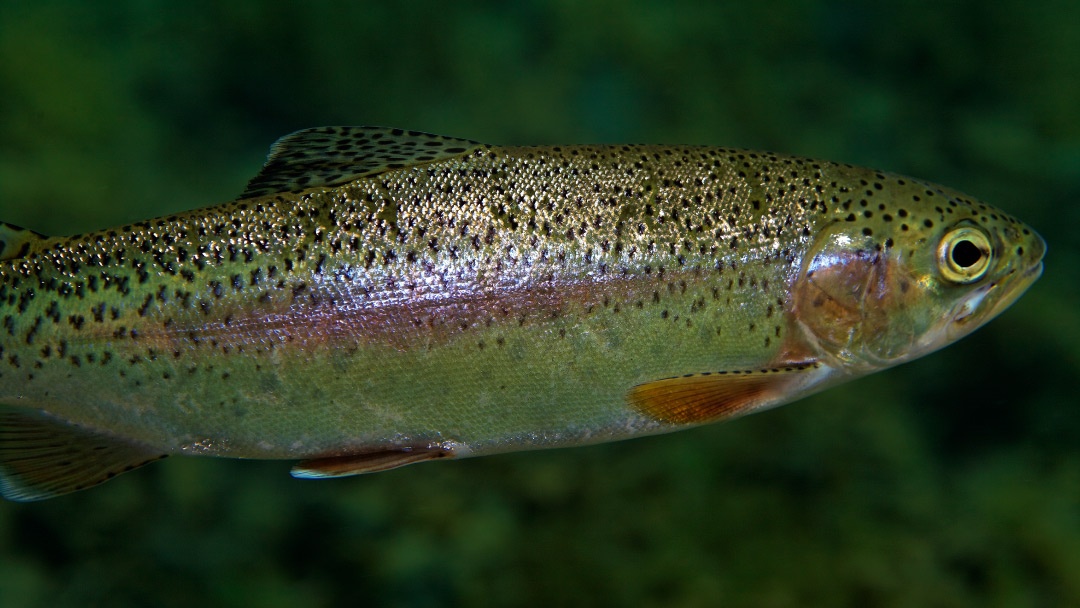
A team of researchers from the Institute of Health Biotechnology in Elche (IDiBE-UMH) has uncovered a critical cellular pathway in fish red blood cells that could transform how vaccines are developed for aquaculture.
The study, published in the European Journal of Cell Biology, reveals that teleost erythrocytes-traditionally seen as simple oxygen carriers-can in fact mount a sophisticated immune response when exposed to vaccine stimuli.
This immune response hinges on a cellular mechanism that interacts with processes such as autophagy, reticulum stress and the unfolded protein response.
"These processes in red blood cells are ideal cellular targets for the development of more specific prophylactic tools with greater immunogenic capacity than currently available options,” researchers stated.
By better understanding how red blood cells react to different vaccine formulation, researchers hope to create more effective vaccines that require lower antigen doses and potentially cause fewer side effects-a major advantage for commercial fish farming.
The findings also open the door to the creation of cellular biomarkers capable of assessing vaccine efficacy at early stages, allowing for more efficient immunization programmes and helping to reduce operational costs for aquaculture producers.
The findings were based on studies conducted in rainbow trout (Oncorhynchus mykiss), a key species in freshwater aquaculture. The nucleated erythrocytes of these fish were exposed to two types of vaccines against viral haemorrhagic septicemia virus: one using nanoparticles carrying recombinant proteins, and the other a DNA-based formulation. Both approaches delivered promising results.
Using advanced cellular analysis techniques-including syinchrotron-based infrared microspectroscopy and cryo soft X-ray tomography-the team detected structural and biochemical shifts linking the immune stimulation to functional reorganization of the ER and other cellular compartments.
This breakthrough highlights the role of erythrocyres as key immune players in fish, paving the way for the development of next-generation vaccines that are smarter, more efficient, and aligned with the sustainability goals of modern aquaculture.
Reference:
Maria Salvador-Mira, Paula Gimenez-Moya, Alba Manso-Aznar, Ester Sánchez-Córdoba, Manuel A. Sevilla-Diez, Verónica Chico, Ivan Nombela, Sara Puente-Marín, Nerea Roher, Luis Perez, Tanja Dučić, Núria Benseny-Cases, Ana Joaquina Perez-Berna, Maria del Mar Ortega-Villaizan. Viral vaccines promote endoplasmic reticulum stress-induced unfolding protein response in teleost erythrocytes. European Journal of Cell Biology, Volume 104, Issue 2, 2025, Article 151490.
DOI: 10.1016/j.ejcb.2025.151490


